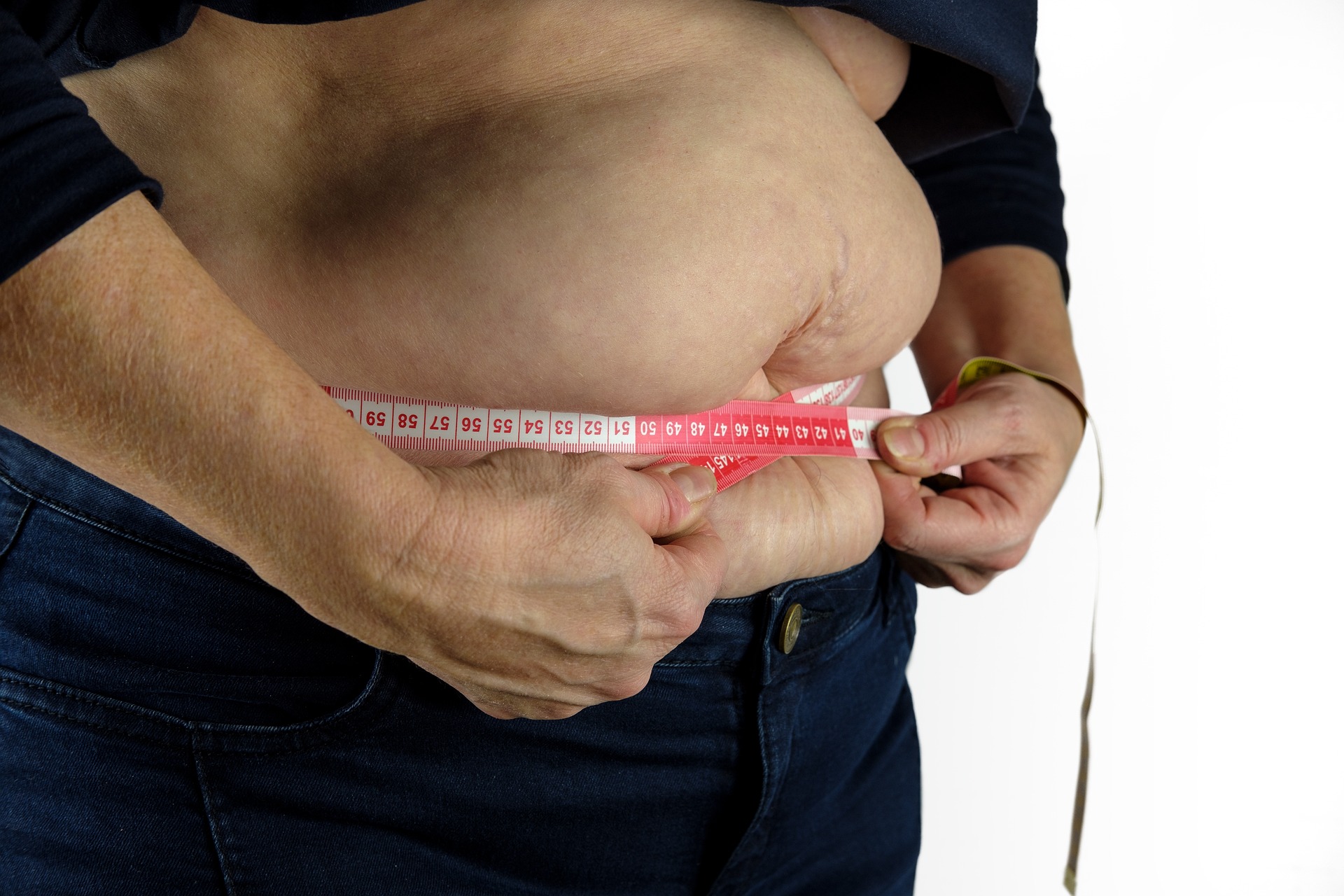Many of us might have gone through situations or was teased by our friends saying “hey!!!.. Your overeating is making you fat.” Is overeating the only reason for Obesity or Overweight?
Now let’s see what Obesity is!
According to World Health Organization, Obesity and overweight are defined as abnormal or excessive fat accumulation that may impair health.
BMI or Body Mass Index is the indicator of weight and it is defined as persons weight in kg divided by square of his height in m2. If BMI is greater than or equal to 25, it’s overweight and if BMI is greater than or equal to 30, its obesity.
|
BMI |
CLASS |
|
18.5 – 24.9 |
Normal |
|
>= 25 |
Over weight |
|
25 – 29.9 |
Pre obese |
|
30 – 34.9 |
Class I obesity |
|
35 – 39.9 |
Class II obesity |
|
>= 40 |
Class III obesity |
Types of obesity:
Depending upon the fat deposition, obesity can be classified into:
- Central obesity – the fat accumulates in the abdominal region, upper chest. They are more likely to get affected with diseases.
- Peripheral obesity – the fat accumulates in the hip and thigh region.
Causes:
Obesity itself is a risk factor for the development of cardiovascular diseases, diabetes, certain cancers, depression, dyslipidemia, infertility etc.
- Intake of fast food, processed food, dairy products, aerated drinks etc
- Medications like glucocorticoids, antidepressants etc
- Family history – if the parents are obese, then the children are more likely to carry the gene
- PCOS (Poly Cystic Ovarian Syndrome)- In most of the females, the main reason behind overweight is PCOS
- Mental conditions like Anxiety and Stress also play a vital role.
How do you know you have obesity?
If BMI is greater than or equal to 25, its overweight and if BMI is greater than or equal to 30, its obesity.
If your BMI is greater than 25, then you may have
- More sweating
- Shortness of breath
- Excess accumulation of fat around the abdomen, waist, thighs etc
- Decreased sexual drive
- Pain around weight bearing joints
- Feeling tired or lazy throughout the day

What is Obesity in Ayurveda Aspect?
In Ayurveda, Obesity is more likely correlated with Sthoulya. The word sthoulya is derived from the word sthula which means grow or increase in size. Kapha dosa and Medo dhatu is the major pathological factor involved in Sthoulya. Agni also plays an important role.
When Kaphamedo vardhaka nidanas like Divaswapna (sleep during day time), Avyayama (physical inactivity), Atimadhura ahara sevana (sweetened food) etc. are followed then there is Avarana (obstruction) in the Medovaha srotas. This leads to the vrudhi of vayu in koshta which in turn increase the Jatharagni. This increase in agni leads to digestion of consumed food rapidly and patient consumes more and more food. This causes excessive formation of abadha medo dhatu leading to Sthoulya.
Lakshana (Symptoms):
- Medomamsa ati vrudhi (excessive increases in fat and muscle tissue)
- Chala Sphik Udara Sthana (pendulous movement of the buttocks, abdomen and breast)
- Ayathopachaya utsaha (deficient metabolism and energy)

Ashta maha dosha (Eight unfavorable conditions) of Sthoulya:
- Ayushohrasva – reduced life span
- Javoparodha – constricted/ limited movements
- Kruchravyavaya – reduced sexual activity
- Dourbalya – debility
- Dourgandhya – foul smell
- Swedavabhada – profuse sweating
- Kshudatimatra – excessive hunger
- Pipasatimatra – excessive thirst
Chikitsa (Ayurvedic Treatment):
Depending upon the causes, involvement of dosa, dushya and agni, the line of treatment is finalized.
- Nidana parivarjana (eliminate the causative factors eg: sweet food, physical inactivity etc.)
- “गुरु च अपतर्पणं चेष्टं स्थूलानां कर्षणं प्रति ||” (cha. Su. 21/20) Acharya Charaka mentioned the chikitsa sutra as Gura ahara which helps in reducing the increased agni in the koshta and Apatarpana chikitsa (i.e. depleting therapy) helps in reducing the medas. This will make the sthoola (obese) person to krusha (lean).
- Kapha medohara aushada (medications which decrease kapha and meda) can be adopted.
- Rukshana therapy like Udvartana, Kshara basti which helps in alleviating kapha and medas are also ideal treatment in patients with obesity.
Yoga and Obesity :
Yoga helps in reducing the fat accumulation and prevent the diseases related to obesity. Regular practice of asana helps to improve the metabolism thus giving the patient ideal weight.

Some of the Asanas ideal in obesity are :
- Pashchimottanasana
- Pavanamuktasana
- Padahasthana
- Shalabasana
- Chakrasana
- Trikonasana
- Ustrasana
- Suptavajrasana
- Halasana
- Bhujangasana
- Dhanurasana
How to prevent obesity?
- Regular exercise. The metabolic rate is improved and it makes you energetic throughout the day.
- Timely intake of food. Make sure you avoid sweet and processed food items.
- Get atleast 7-8 hrs of timely sleep
- Avoid day sleep
- Avoid sitting for a longer duration. If you are in a working environment where you sit throughout the day, make sure you give a gap of 5-10 minutes to walk around atleast in every 1hour.
- Avoid over consumption of alcohol and tobacco.
Author: Dr Saniya K K Review: Dr Seleena V


Recent Comments